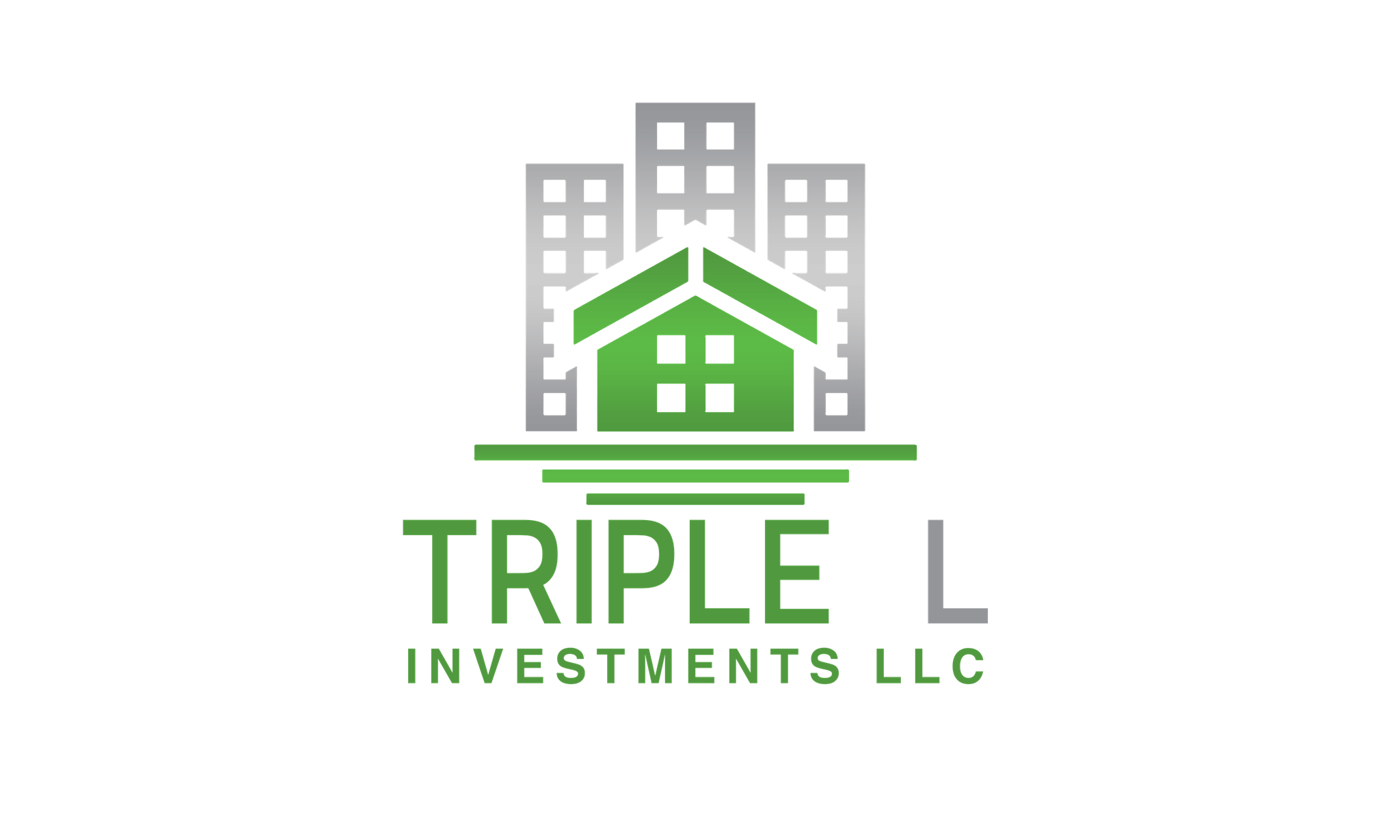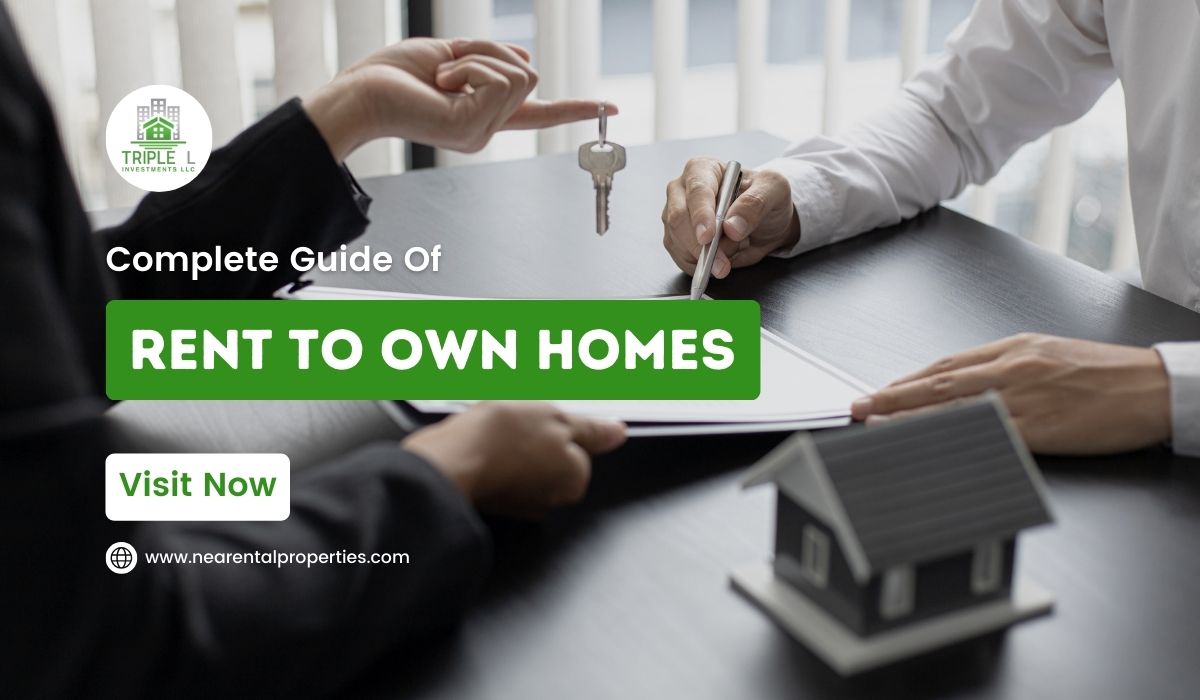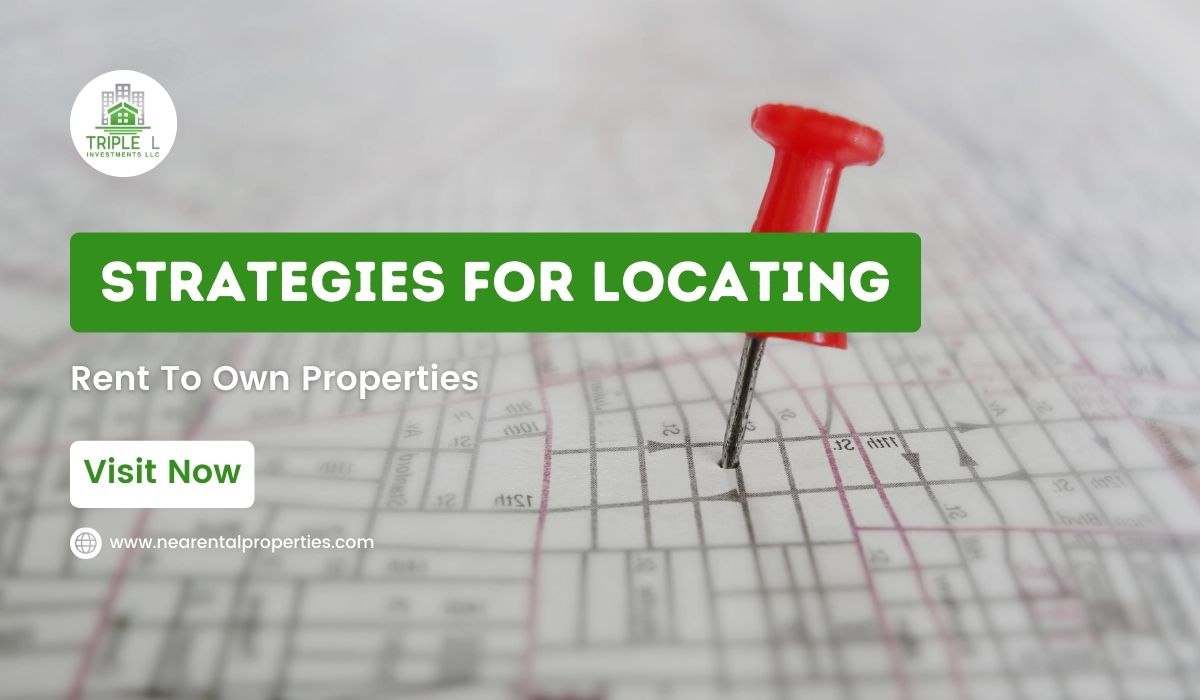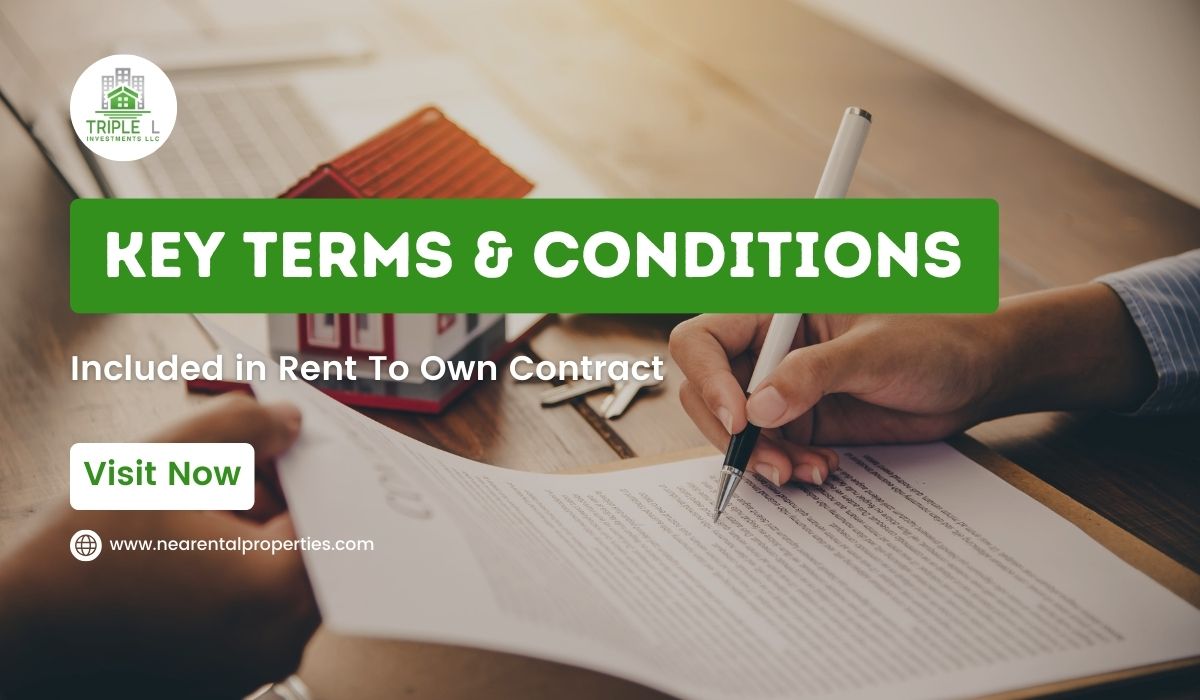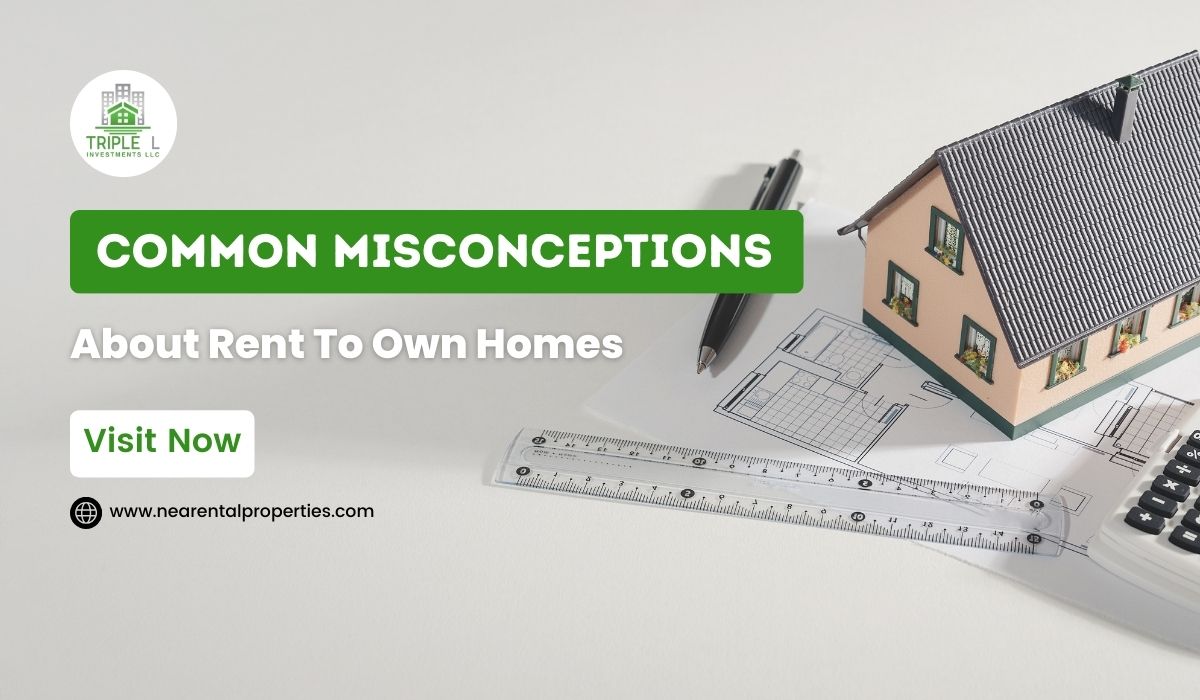The majority of residential real estate financing transactions follow a consistent pattern. The seller finds a willing buyer with the appropriate income, employment history, and credit score to qualify for a mortgage, and the transaction is funded by a lending institution.
But what if standard financing is unavailable and the buyer and seller prefer to sell privately? They use a method called owner financing. The individual selling the house pays for the purchase, as the term implies.
Owner financing occurs when the owner of a property for sale gives partial or whole financing to the buyer immediately after the buyer pays a down payment. In a typical mortgage, the seller takes over the function of the bank or lender. You’re entering into a contract in which the buyer pays you monthly rather than handing you a large quantity of money from a traditional lender.
Example Of Owner Financing
Assume a seller markets a house for sale with owner financing for $145,000 and the buyer and seller agree on a price. The seller demands a $29,000 down payment as a 20 percent down payment. The vendor offers to finance the remaining $116,000 at a ten percent fixed interest rate for 20 years, with a six-year balloon payment.
Types Of Owner Financing
There are numerous types of owner financing. Each has its own set of advantages and disadvantages:
-
Second mortgage
If the buyer is unable to obtain a regular mortgage for the full purchase price of the home, the seller may issue a second mortgage to make up the difference. The second mortgage is often for a shorter duration and at a higher interest rate than the initial mortgage obtained from the lender. With a shorter term, you must be ready to pay it off when the time comes; else, you will be compelled to refinance.
-
Land Contract
In a land contract arrangement, the homebuyer makes agreed-upon payments to the seller. The buyer receives the deed to the property once the payment plan is completed. Because a land contract normally does not include a bank or mortgage provider, it can be a significantly speedier alternative to getting home finance. However, because many states allow sellers to foreclose if you miss a payment, there is a significant risk.
-
Lease-purchase
A lease-purchase agreement requires the homebuyer to rent the property from the owner for a set length of time. At the end of that period, the buyer has the option to purchase the home at a predetermined price. Typically, the buyer must make an initial deposit before moving in and will forfeit the money if they do not purchase the home. If you are the buyer, in this case, negotiate the option price and make it subject to financing, clear title, and other stipulations, just like you would if you were buying a home the traditional way.
-
Wraparound Mortgage
Wraparound financing is available to home sellers who still owe money on their houses. In this case, the owner agrees to sell the house to the buyer in exchange for a down payment and monthly loan payments to the owner. The payments are used to pay down the seller’s current mortgage. Frequently, the buyer pays a greater interest rate than the seller’s current mortgage. The danger is that you will lose the home if the seller defaults on the underlying loan. It is critical to have an experienced attorney on your side for this agreement.
How To Do Owner Financing When Selling A House
-
Locate a Qualified Buyer
It is not difficult to find a buyer who is searching for owner financing. You can include it in your listing agreement if you’re certain you want to give this enticement, but the buyer will most likely approach you with the proposal.
Make certain that a prospective buyer fills out a loan application and thoroughly checks the information included within. Perform a credit check. Check references and validate work and earnings. Before approving a loan, do everything a regular bank does.
With Nea Rental Properties, you can avoid all of these headaches. Nea Rental Properties is a Northeast Arkansas real estate investment firm that specializes in the acquisition, development, and management of single-family, multifamily, and commercial properties in Jonesboro, Paragould, and other nearby towns.
If you need to sell your property, we would appreciate the opportunity to make you an offer (this is where owner financing comes in). If you need to rent a property, please let us know; we rarely have vacancies, and when we do, they go quickly.
We buy houses in all shapes and sizes and under all circumstances.
-
Reaching an Agreement
You are still entitled to and should request a down payment, just as a buyer would with a standard mortgage. The distinction is that you have more freedom to negotiate the amount without being constrained by government or banking institution requirements. It’s all up to you, and it may be determined by how much money you need to take out of the deal to comfortably move on to a new property. You’re doing the buyer a tremendous favor by taking owner financing, especially if you agree to accept less than 10% down, so feel free to ask for a somewhat higher interest rate than a traditional lender would require.
You don’t want to be collecting on your property sale for the rest of your life, therefore owner financing is usually short-term. Owner financing is usually for five years, with interest amortized over 15 or 30 years, but with a balloon payment that essentially brings the debt due in full in a much shorter amount of time. When the balloon payment is due at the end of your loan arrangement, your buyer will refinance the property to pay you off. If you choose to use terminology like this, make sure they are properly stated in your loan documentation.
You can strike an agreement with us when you complete an owner financing transaction with Nea Rental Properties. We’ll make you an offer, and if it’s not acceptable to you, we’ll bargain until we reach an agreement acceptable to both parties, the house seller, and us, the real estate investment firm.
Another advantage of selling to Nea Rental Properties is that your owner financing transaction can be completed in 3 years or less.
-
Managing the Paperwork
When you and the buyer have reached an agreement on the loan duration, down payment, interest rate, payment schedule, and what happens if he defaults, it’s time to draft the document. You may wish to consult a professional, such as an attorney or a financial counselor, to ensure that everything is done appropriately. Even slight errors in the language of these agreements can cost you money in the long run. You can often deal with a loan-servicing company to monitor your loan going forward, collecting payments and mailing statements and tax documents to your buyer.
A promissory note, also known as a deed of trust in some states, is required at the very least. It should mention the property as collateral for the loan, allowing you to foreclose just like a traditional lender would if the buyer defaults.
-
The Closing Procedure
Be prepared to move forward and out of your home as soon as an agreement is finalized. Because you don’t have to deal with the several persons involved in a regular real estate transaction, this type of transaction usually closes quickly.
Protect yourself by recording the promissory note in your county’s public records.
